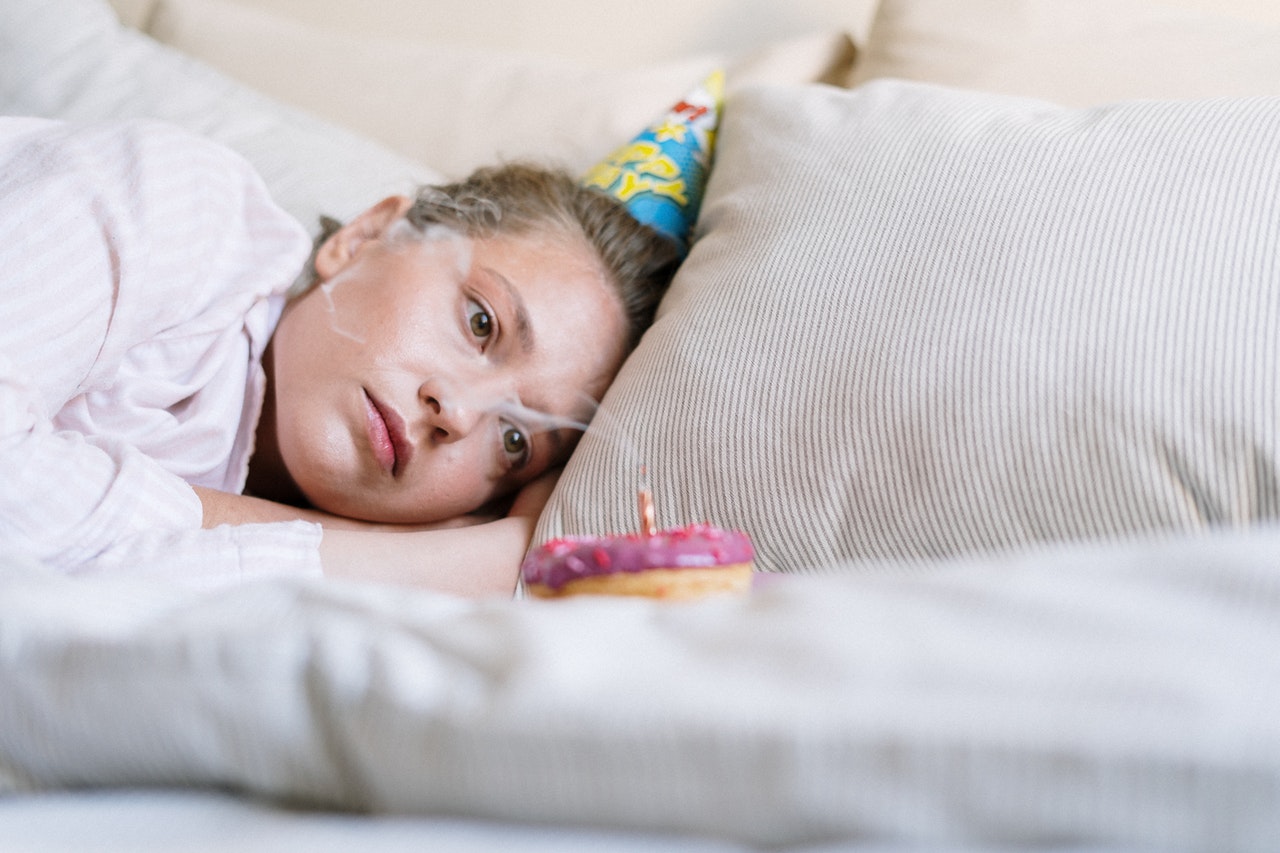

Make ADHD Your Superpower
This article aims to teach you how to utilize a practical framework to advocate for the support you need from coaches and other support providers;
Anxiety looks different in everyone. Whether you are suffering from obsessive thoughts, panic attacks, or an anxiety disorder, it is important to know that combinations of medications and therapy techniques work for all kinds of people. What it boils down to is working with a therapist to find the right approach for you as an individual. Therapy, unlike relying on medications alone, is a process that gives you the tools to manage your anxiety now and in the future. Since so many therapy techniques exist and treat anxiety, how do you find the right approach for you? In this article, we are examining 5 different therapy methods for anxiety so you have a better idea of what you are looking for.
1. Cognitive Behavioral Therapy (CBT)
CBT is the most common therapy technique for coping with anxiety. Why this method works particularly well is because it identifies negative patterns and changes the way we look at the world and ourselves. This technique is composed of: cognitive therapy and behavior therapy. The basic premise of this practice is that it is not the situation that you are in that determines how you feel, but the perception. For example, you receive an invitation to a friend’s birthday party. You could perceive this as exciting (an opportunity to see friends), neutral (not your scene, but you would still go), or anxiously (worrying about what the people there will think of you). It is the same event, but many different ways to perceive it.
CBT works by:
● Identifying negative thoughts “I’m going to pass out on the plane.”
● Challenging negative thoughts Predicting the worst.
● Replacing negative thoughts with realistic thoughts. “I have never passed out, so this likely would not happen.”
Replacing negative thoughts is harder than it looks, but if you can start to do this for yourself, the process will be much easier. Like with anything, it takes time and care. So work closely with your therapist and look to them as a source of support.
2. Exposure Therapy
Our impulse when something causes us fear or anxiety is to avoid this thing as much as possible. It is entirely natural; no one likes to be uncomfortable. However, exposure therapy is the practice of exposing you to what you fear. The concept here is that with repeated exposure, you will be able to have a better sense of control over the situation 2 leading to your anxiety being diminished. This can happen in one of two ways. The first is your therapist will ask you to imagine this situation. The second is facing your fears in real life. Whatever method you choose, you should eventually be able to work through your fears and feel more confident in these situations as you face them.
However, if you are afraid of planes your therapist is not going to book you a flight and force you on. This method starts very slowly, building up your exposure levels and desensitizing you. This systematic desensitization is a step-by-step approach that allows a patient to move from looking at photos of planes to taking a flight.
The three parts of this method are:
● Learning relaxation techniques Deep breathing, for example, is a great way to reduce your physical anxiety as you begin this process.
● Creating a step-by-step list Create a list of 10-20 situations that cause stress/anxiety that will help get you to your final goal.
● Working through the steps With guidance from your therapist, you will work through the list you created to face your fears and work through them.
This method can feel a little intense but can be quite helpful for people. Being able to work through your fears with someone and in a specific way can be a great way to cope. If this sounds like an approach that will work for you, start speaking with your therapist and get started.
3. Dialectical Behavioral Therapy (DBT)
This approach is similar to CBT, but with some adjustments. Originally used to treat Borderline Personality Disorder, DBT is now a great method for treating and managing anxiety. DBT helps you find an opposite outlook on your situation, accept it, and change it. Through this process, not only will you be learning to accept your anxiety, but you will be working to change it.
The four skills you will develop from the DBT method are:
● Mindfulness. This is the process of being able to live in the moment and notice thoughts of anxiety, but not letting them rule you.
● Distress tolerance. Being able to manage your anxiety even when in a difficult or stressful situation.
● Emotion regulation. Being able to manage your anxiety before it gets out of control.
● Interpersonal effectiveness. The ability to ask for what you need and say ‘no’ to situations that require it. If this sounds like the right approach for you, talk to your therapist about how to get started.
If this sounds like the right approach for you, talk to your therapist about how to get started.
4. Art Therapy
Still not finding the right approach for you? The art therapy method is non-verbal and experience-oriented. This approach uses visual arts (drawing, painting, sculpting) in order to express emotions and process trauma. Not only that, but it is a great way to practice mindfulness. You can isolate this method, but it is commonly practiced alongside CBT or other forms of therapy. It is one of the newest forms of therapy, so there is still much to learn about this approach; however, it can be quite effective for some people. If you are better at expressing yourself this way, art therapy may be a great approach for you.
5. Psychoanalytic Therapy
This method comes to us from Freud. According to his model, anxiety and its symptoms are a reflection of unconscious conflicts. The purpose here is to resolve them. You will work with your therapist to examine fears, desires, and thoughts to better understand how you see yourself and work to reduce your anxiety. This is a particularly intense course of treatment and can take years to identify thought patterns and resolve them. Living with anxiety can be very disruptive to your day-to-day operations. It is crucial that you work with a mental health professional to keep symptoms under control so you can feel better and have more positive mental health. If you suffer from an anxiety disorder, an effective treatment plan can include one or a combination of therapy techniques we mentioned to overcome symptoms and help manage your anxiety.


This article aims to teach you how to utilize a practical framework to advocate for the support you need from coaches and other support providers;


Do you know those happy couples on Instagram who seems like they have it all together? They have one thing in common: little to no sexual


Unfortunately, we often do not learn enough about what makes a relationship healthy. Even if we do, the lesson does not always stick when it comes


Online therapy, especially as a result of COVID-19, has become increasingly more popular. It is easy, you can do it from anywhere, and it eliminates the


Couples therapy is a great way to restore a relationship. If you and your partner are experiencing problems and looking to work through them, it could


As the holiday season approaches, not everyone is filled with cheer. Some people love the seasons and start decorating their houses as soon as possible. They